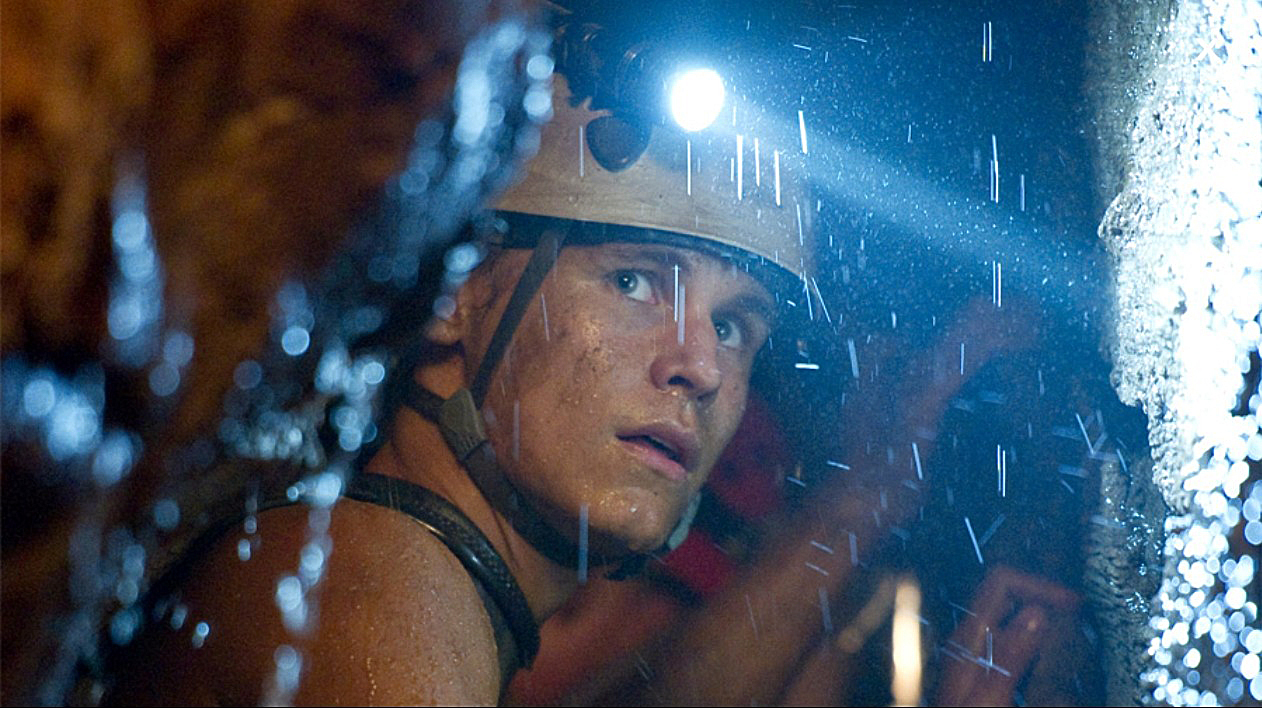“Sanctum,” James Cameron’s latest project (he serves as the film’s producer) is a natural disaster film that looks like a horror movie, or a serious “based on true events” film shot in 3-D. Either way, it’s the sort of movie that looks good throughout, but it struggles to provide depth in its content.
“Sanctum” follows a group of explorers as they investigate an underwater cave in search of a supposed entrance to the ocean. When unexpected circumstances force the explorers to find the ocean exit or die, their personal relationships are tested and sometimes broken.
First, the 3-D. These days it can be categorized as the good, the bad and the ugly, but because one of the producer’s most recent projects was the 3-D trendsetter “Avatar,” I had high hopes. The film is visually stunning, but there were moments when the 3-D pulled me out of the story and called attention to the fact that I was watching a film.
The acting is equally distracting. “Sanctum” starts off poorly, with corny scenes meant to lay the foundation of the characters’ relationships and get them from where they are to where they need to be: in the cave. That means scenes with Josh (Rhys Wakefield) complaining about his sour relationship with his dad, the emotionless, hard-hearted and extremely famous cave explorer Frank (Richard Roxburgh).
Some of the characters seem to leap right out of the pages of a screenwriting how-to book, from the chapter on man-versus-wild films. There must be a chapter on plot in that book as well, because things start happening exactly the way you expect them to.
As the explorers makes their way deeper into the cave, they run into obstacles, they maneuver around the obstacles with varying levels of success, and then they sit and regroup as they deal with the consequences of what has occurred.
But there are several moments throughout the film that are meaningful and well-done. Many of these elements are saved for the second half, when things begin to get serious, but there is enough to keep people watching.
Humor plays a big part in the film. At one point Carl (Ioan Gruffudd), the man funding the expedition, marvels at the idea that they’re lucky enough to shine light where no human being has ever been before. Josh in turn offers up his own interpretation of somewhere no human has ever been before: his rear end.
Because there’s not much else going on in the cave except their constant effort not to die, the middle part of the film takes the time to allow the characters to converse about some of the major themes of the film.
Nature, both its vastness and its mercilessness, is a favored discussion point. Frank calls the group “bits of dust passing through,” putting into words the idea that their lives don’t matter down there.
One role Frank serves, besides the father who is too hard on his kid, is the man who knows how tough it can be in the caves. Everyone else, through one mishap or another, ends up in the cave against their will, unprepared, for the rest of the movie. Only Frank knows the true horrors of adventuring, specifically that death is always a very real possibility.
By the final scenes, something changes. Maybe it’s that the characters start to grow on you, or that the 3-D isn’t as annoying as it was at the start. My theory is that the relatable elements of the film, the ideas viewers can take with them, just make a late appearance.
E-mail John at ajohn@media.ucla.edu.
